Visit Two To The OC Fair 7/21/2010 (Page Five)
No golf today... Old Ranch had a member-free-guest day so it was wise to go to the fair. Bob and Nick Duda are also going and Vicky and Del went so it will be a nice day.

Another busy day (pdf version)
Let The Visit Begin
The Ice Museum. At a frosty 10 degrees, the 25-foot by 25-foot trailer puts shady spots and air conditioned buildings to shame in terms of cooling capacity.

Dan Scharer, co-owner of Carving Ice, said sculptors start with a 350-pound block of ice and chip away using chainsaws, power tools and sanders to create figures.

They provided warm coats.. needed after a few minutes

Amazing details
Did You Know? - Ice sculpture is a form of sculpture that uses ice as the raw material. Sculptures from ice can be abstract or realistic and can be functional or purely decorative. Ice sculptures are generally associated with special or extravagant events because of their limited lifetime.
The lifetime of a sculpture is determined primarily by the temperature of its environment and thus, a sculpture can last from mere minutes to possibly months. There are several ice festivals held around the world, hosting competitions of ice sculpture carving


The lighting was perfect
Did You Know? -
Typically, ideal carving ice is made from pure, clean water. However, clear, transparent ice is a result of the freezing process and not necessarily related to the purity of the water. Clear ice blocks are usually the result of slow freezing from one direction, often with circulation of the water that allows impurities to escape.
The water molecules are allowed to line up into the typical crystal lattice while impurities remain in the unfrozen water. Certain machines and processes allow for slow freezing and the removal of impurities and therefore are able to produce the clear blocks of ice that are favored by ice carvers.

She can smile in this temperature?

The Thinker
Did You Know? -
Originally named The Poet, the piece was part of a commission by the Musée des Arts Décoratifs, Paris to create a monumental portal to act as the door of the museum. Rodin made a first small plaster version around 1880.
The first large-scale bronze cast was finished in 1902, but not presented to the public until 1904. It became the property of the city of Paris – thanks to a subscription organized by Rodin admirers – and was put in front of the Panthéon in 1906. In 1922, it was moved to the Hôtel Biron, which was transformed into a Rodin Museum. ~Wikipedia

Del looks good in blue and white

A nice cool 20 degrees!
Did You Know? - Since 1989, Alaska has hosted the annual World Ice Art Championships. Nearly 100 sculptors come from around the world each year to sculpt large blocks of pristine natural ice sometimes referred to as "Arctic Diamonds." The event is run almost exclusively by volunteers. In a typical year, more than 45,000 spectators pass through the gates of the Ice Park home of the World Ice Art Championships. ~Wikipedia
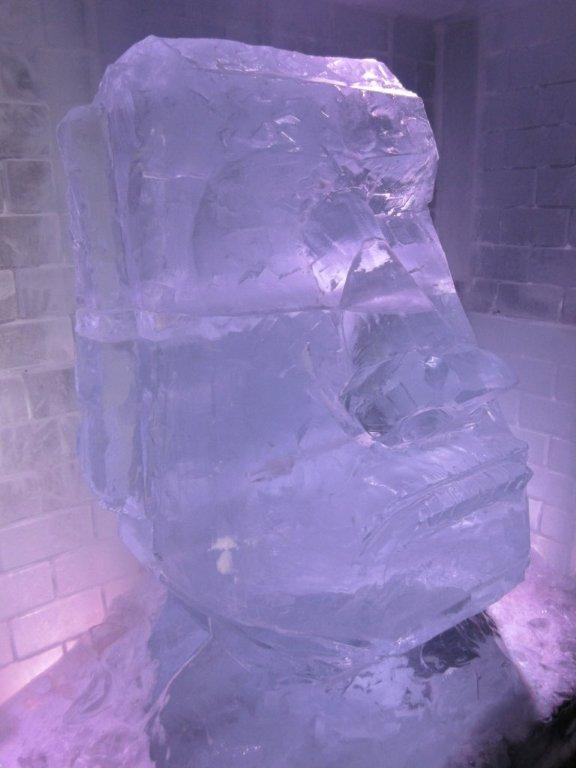
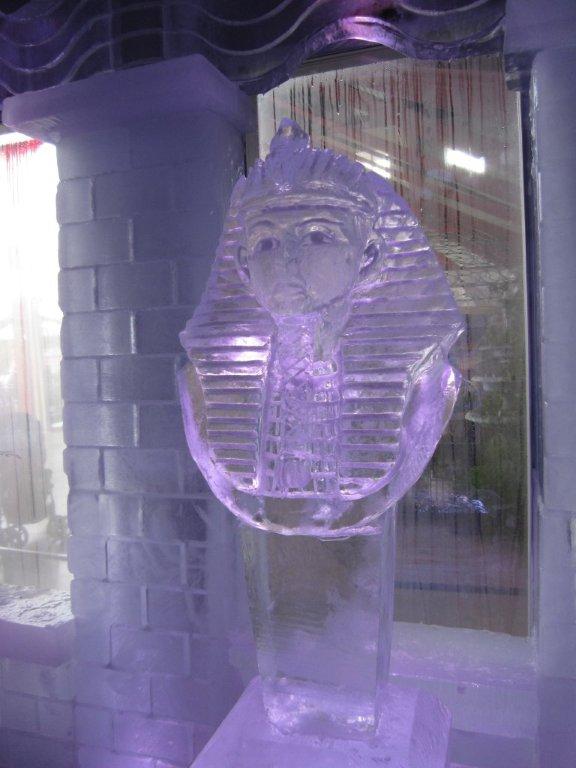
A bust of Del in his younger days... Cool customer

The reason Paul does NOT pose for any statues

Roar
Did You Know? - This art form is traditionally taught in culinary schools using text books such as Ice Sculpting the Modern Way, Joseph Amendola's Ice Carving Made Easy and Mac Winker's Ice Sculpture: The Art of Ice Carving in 12 Systematic Steps. There are also small schools that teach ice carving.


Man at work
Brrrrr! Time To Warm Up And See The Table Settings
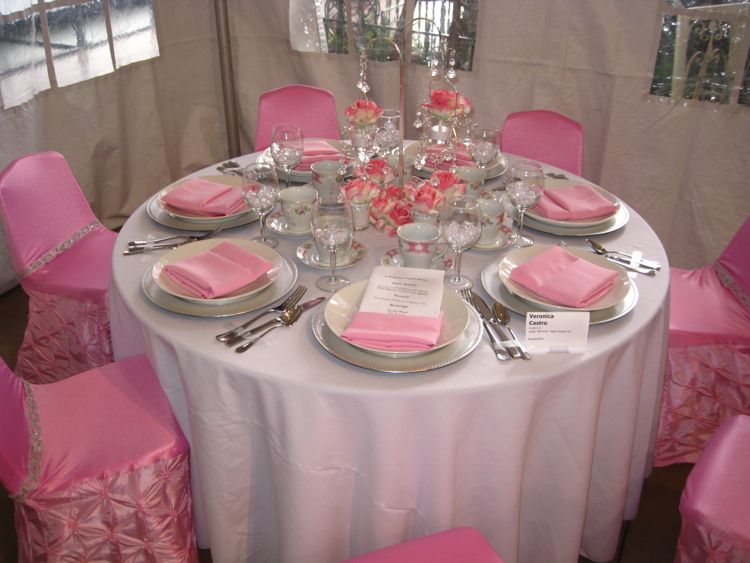
The settings and proposed menus are viewable
Did You Know? - Table setting refers to the way to set a table with tableware—such as eating utensils and dishware—for serving and eating. The arrangement for a single diner is called a place setting.
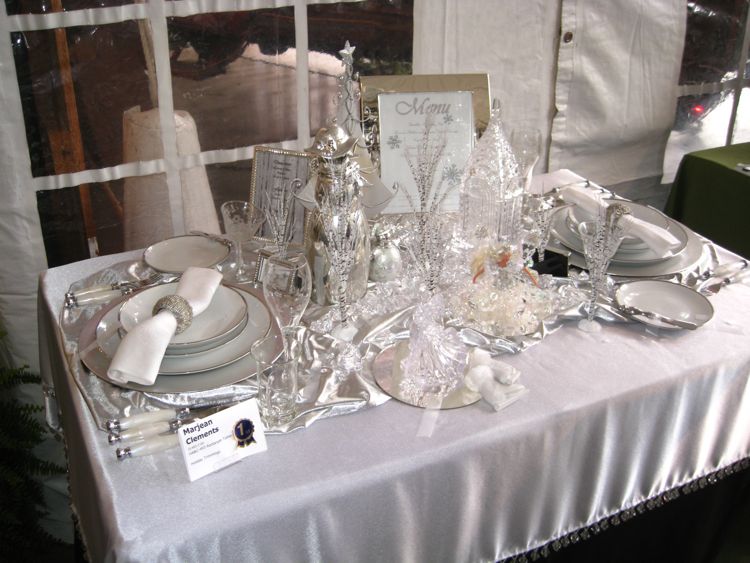
This could easily be inside the icehouse
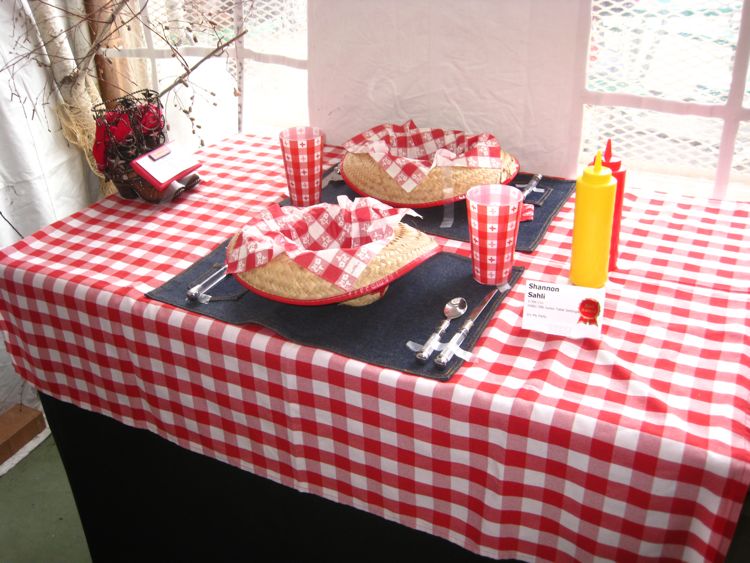
Clever use of hats for the bowls
Did You Know? - Utensils are placed about one inch from the edge of the table, each one lining up at the base with the one next to it. Utensils on the outermost position are used first (for example, a salad fork and a soup spoon, then the dinner fork and the dinner knife). The blade of the knife, as the "dangerous" or "aggressive" part of the utensil, must face toward the plate, away from other diners. The glasses are positioned about an inch from the knives, also in the order of use: white wine, red wine, dessert wine, and water tumbler.
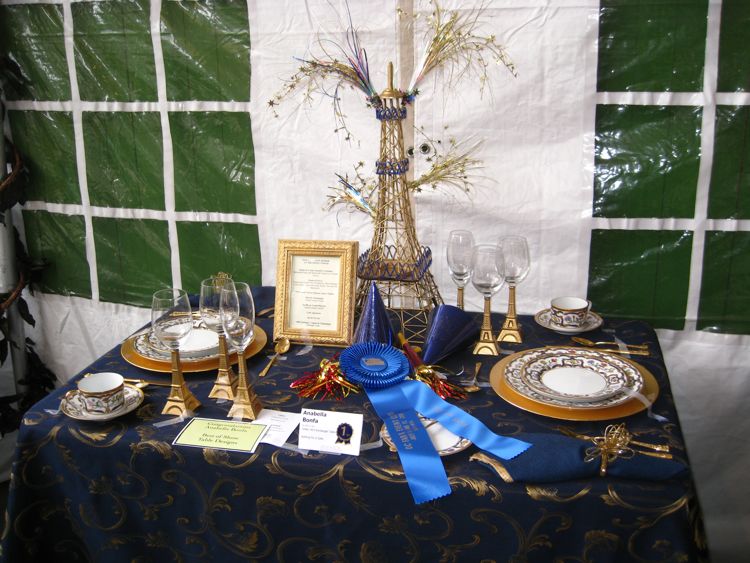
Beautiful... Check out the wine glasses

Judges provide comments on each entry
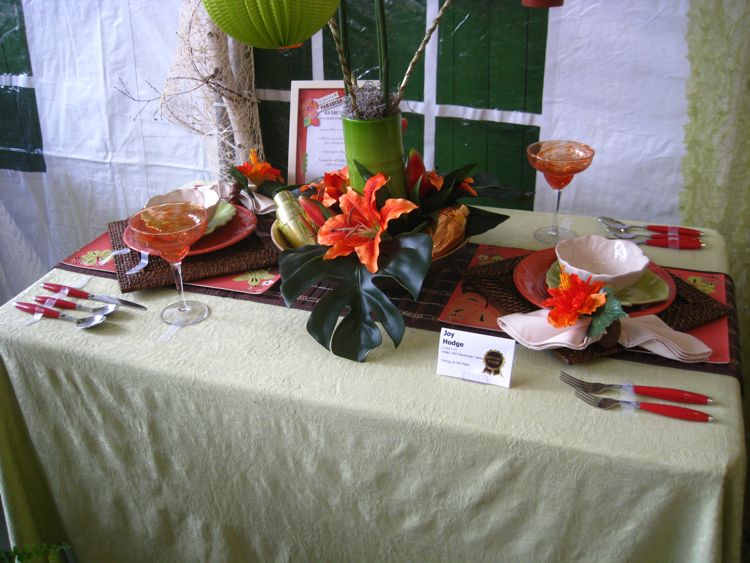
Yes... Why the second spoon (The judges checked the menu against the settings)

Very creative people

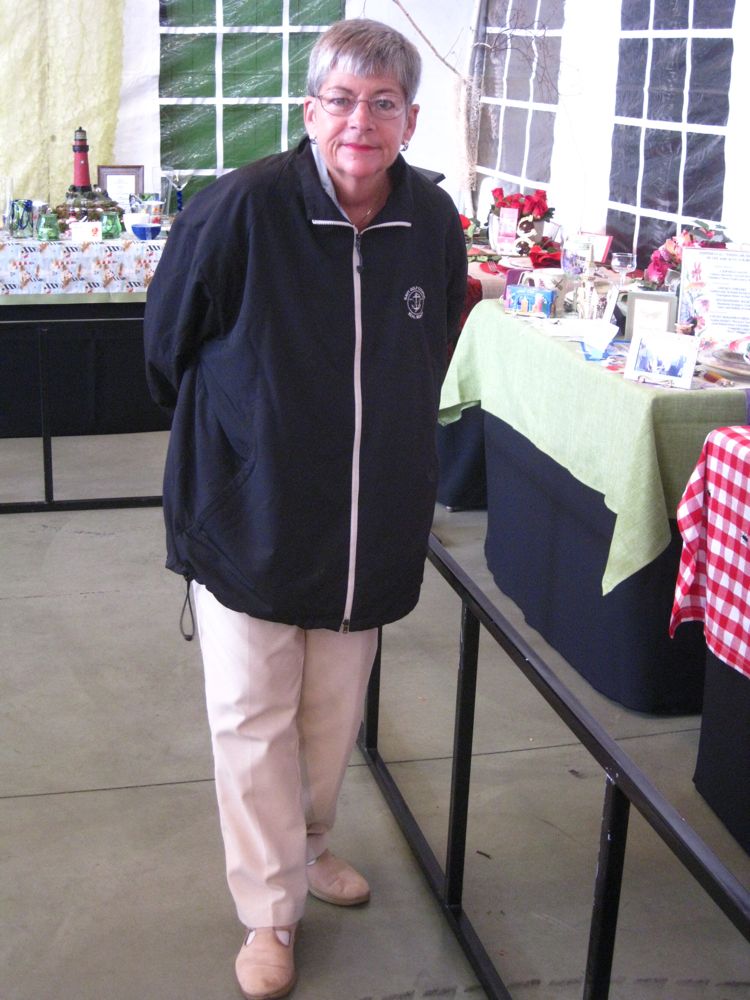
Getting some ideas

Colorful

...and odd
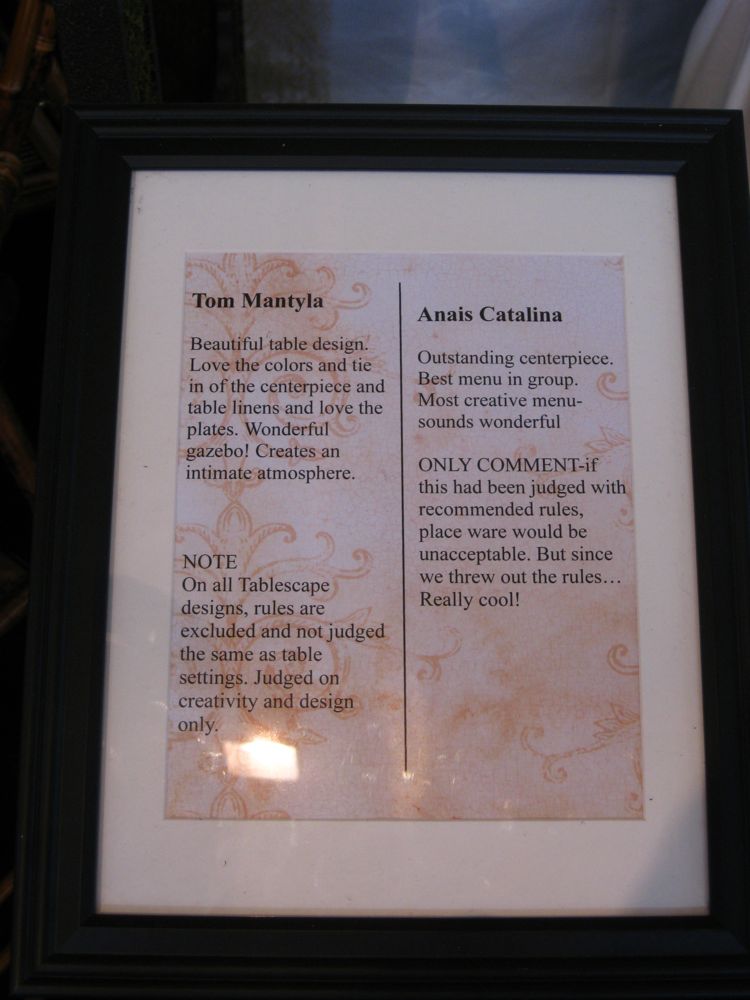
Go gett'um judges!
Now The Food Displays


Old fashioned ice cream maker which Paul used as a kid!
Did You Know? - These machines usually comprise an outer bowl and a smaller inner bowl with a hand-cranked mechanism which turns a paddle, sometimes called a dasher, to stir the mixture. The outer bowl is filled with a freezing mixture of salt and ice: the addition of salt to the ice causes freezing-point depression; as the salt melts the ice, its heat of fusion allows it to absorb heat from the ice cream mixture, freezing the ice cream.
This type of ice cream maker is inexpensive, but inconvenient and messy as the ice and salt mixture produces a lot of salty water as it melts, which the user must dispose of, and the ice and salt mixture has to be replenished to make a new batch of ice cream
Nancy Johnson invented the first hand-cranked model in 1947. She then sold the patent to William Young, who marketed the machine as the Johnson Patent Ice-Cream Freezer.

Georgia had one of these and it is now in Sue's collection

Georgia's book was in excellent shape except for certain pages that were splattered and stained form being used
over and over!

Mona Lisa with a pepper top (in work)

Canning is still going on but not as popular as yesteryear
Did You Know? - During the first years of the Napoleonic Wars, the French government offered a hefty cash award of 12,000 francs to any inventor who could devise a cheap and effective method of preserving large amounts of food. The larger armies of the period required increased, regular supplies of quality food. Limited food availability was among the factors limiting military campaigns to the summer and fall months. In 1809, a French confectioner and brewer, Nicolas Appert, observed that food cooked inside a jar did not spoil unless the seals leaked, and developed a method of sealing food in glass jars The reason for lack of spoilage was unknown at the time, since it would be another 50 years before Louis Pasteur demonstrated the role of microbes in food spoilage. However, glass containers presented challenges for transportation.
Canning is a method of preserving food in which the food is processed and sealed in an airtight container. The process was first developed as a French military discovery by Nicolas Appert. The packaging prevents microorganisms from entering and proliferating inside.

Tookies And Cakie Pies

Now these are cupcakes
Did You Know? - The term "cupcake" was first mentioned in 1828 in Eliza Leslie's Receipts cookbook. In the early 19th century, there were two different uses for the name "cup cake" or "cupcake". In previous centuries, before muffin tins were widely available, the cakes were often baked in individual pottery cups, ramekins, or molds and took their name from the cups they were baked in.
This is the use of the name that has persisted, and the name of "cupcake" is now given to any small cake that is about the size of a teacup. The name "fairy cake" is a fanciful description of its size, which would be appropriate for a party of diminutive fairies to share. ~Wikipedia
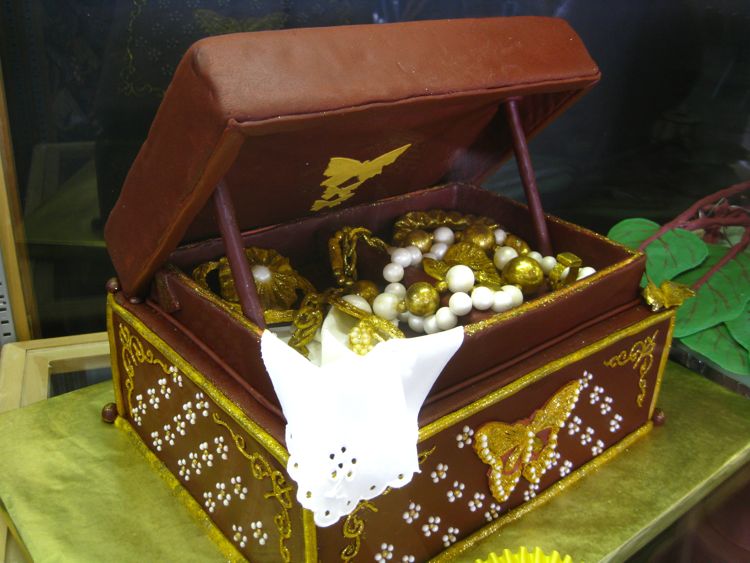
The doily is actually white chocolate,,, Yes, this is an edible cake!
Did You Know? - A doily (or doilie) is an ornamental mat, originally the name of a fabric made by Doiley, a 17th-century London draper. They are crocheted and sometimes knitted out of cotton or linen thread. Openwork allows the surface of the underlying object to show through. In addition to their decorative function doilies have the utilitarian role of protecting fine-wood furniture from the scratches caused by crockery or decorative objects.
Many patterns for crocheting or knitting doilies were published by thread manufacturers in the first part of the 20th century. The designers were often anonymous. The designs could be circular or oval starting from the center and working outward, reminiscent of the Polar coordinates system. Doilies, as well as other household items, may be made by crocheting rows on a grid pattern using a technique called filet crochet, similar to points on the Cartesian coordinate system. Although it may to some extent interfere with the original use, some doilies have raised designs (rose petals, popcorn, or ruffles) rather than being flat.

Edible! Believe it or not!

Recreating famous painting with cake toppings
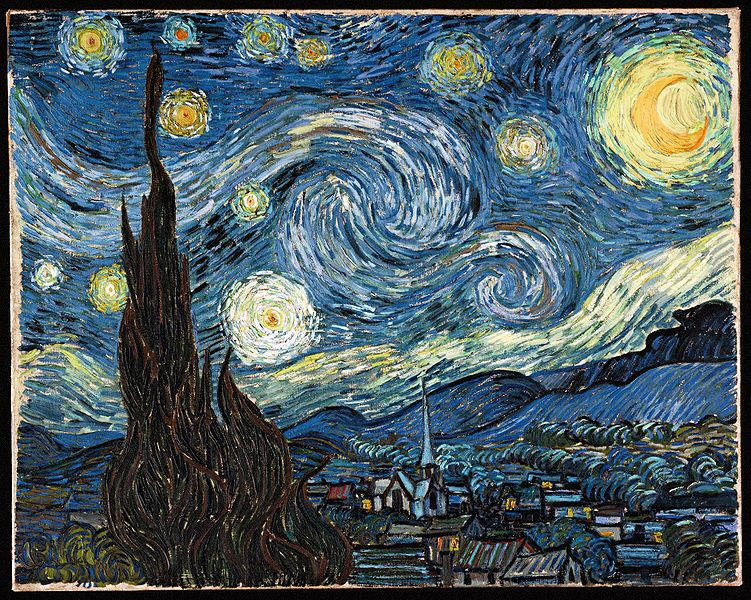
Van Gogh's "Starry Bight"
Did You Know? - Vincent Willem van Gogh (30 March 1853 – 29 July 1890) was a Dutch post-Impressionist painter whose work had a far-reaching influence on 20th century art for its vivid colors and emotional impact. He suffered from anxiety and increasingly frequent bouts of mental illness throughout his life, and died largely unknown, at the age of 37, from a self-inflicted gunshot wound. ~Wikipedia

Yup! Edible!

Careful, the calories might jump out and get ya!
Did You Know? - Fudge is a type of Western confectionery which is usually very sweet, extremely rich and frequently flavored with cocoa. It is made by mixing sugar, butter, and milk and heating it to the soft-ball stage at 240 °F (116 °C), and then beating the mixture while it cools so that it acquires a smooth, creamy consistency. Chocolate can also be mixed in to make chocolate fudge; many other flavors and ingredients are possible.

Piggy cupcakes... Oink!

She surprised us!
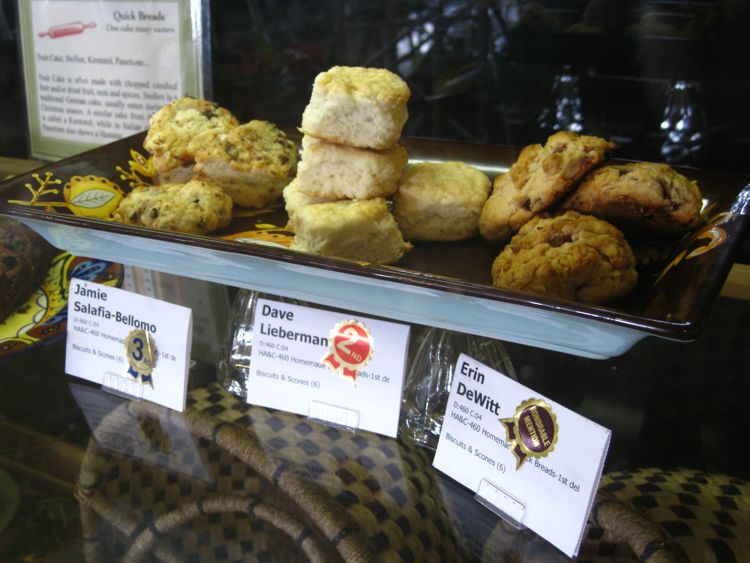
We are getting hungry
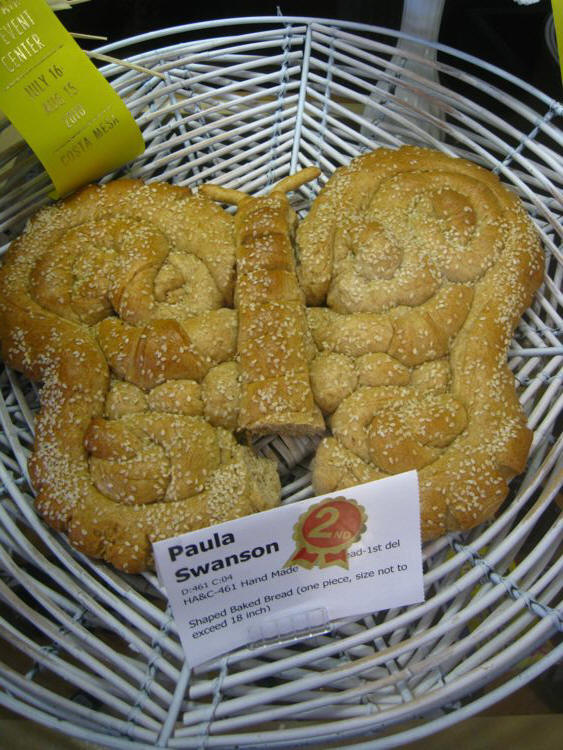
A delicious butterfly
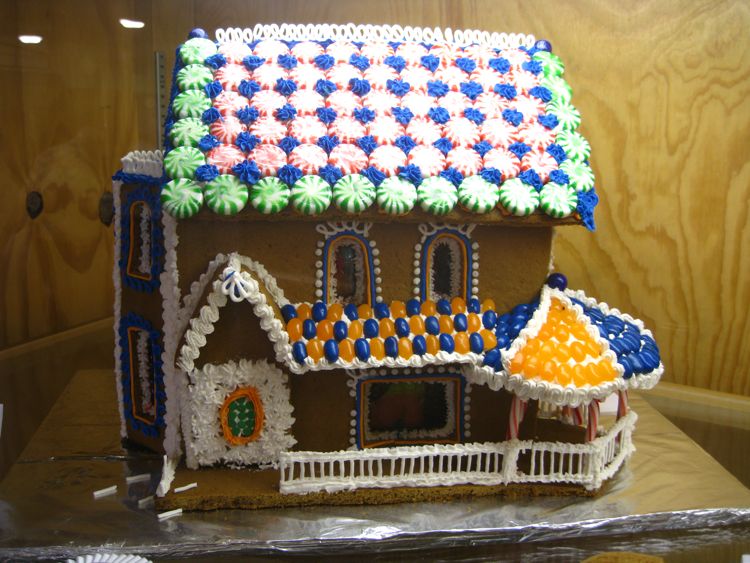
Come on in!
Did You Know? - Gingerbread was brought to Europe in 992 by the Armenian monk Gregory of Nicopolis (Gregory Makar) (Grégoire de Nicopolis). He left Nicopolis Pompeii, in Lesser Armenia to live in Bondaroy (France), near the town of Pithiviers. He stayed there 7 years, and taught the Gingerbread cooking to French priests and Christians. He died in 999. ~Wikipedia
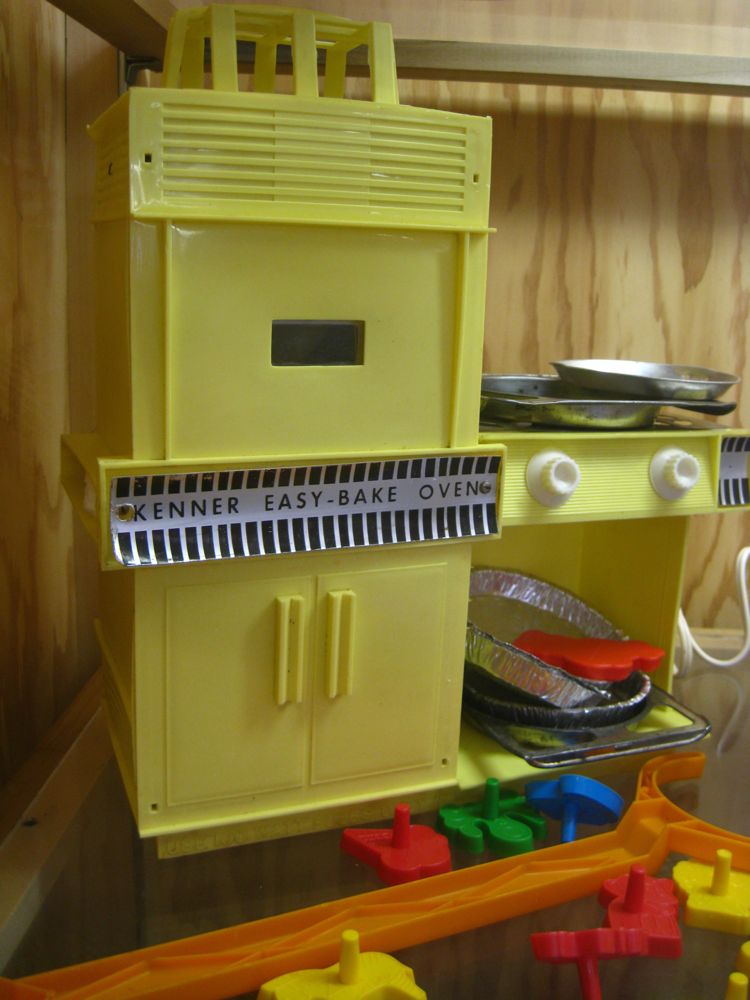
Any of you ladies have one of these???
Did You Know? - The Easy-Bake Oven was introduced in 1963 by Kenner Products, a Cincinnati, Ohio based toy company. The original Easy-Bake Oven was designed to resemble a conventional oven, an appearance later abandoned. Today's Easy-Bake Ovens resemble microwave ovens.
The Easy-Bake Oven was invented by Ronald Howes, a prolific toy inventor known for working with Kenner Products. He said he was inspired to make the oven after hearing Kenner salesman report how chestnuts were roasted by street vendors in New York City. In addition to his creation of the Easy-Bake Oven, Howes also was involved in the creation of or refinement to a number of other Kenner Toy products, including Spirograph, Give-a-Show Projector, and Close-and-Play Record Player. Howes died on February 16, 2010 at the age of 83.


More cupcakes... Too pretty to eat!
Wanna See Some Bread???

Tiny sea creatures in pretzel

Kwazy Wabbits
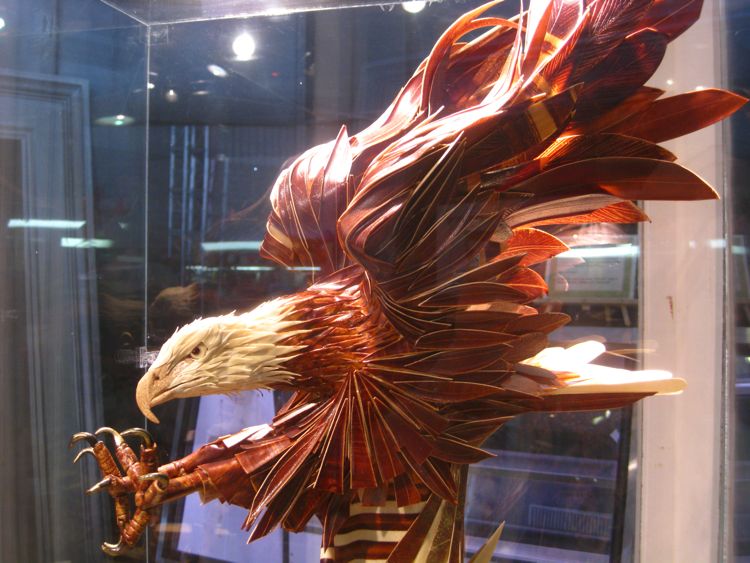
All from bread! Wow!
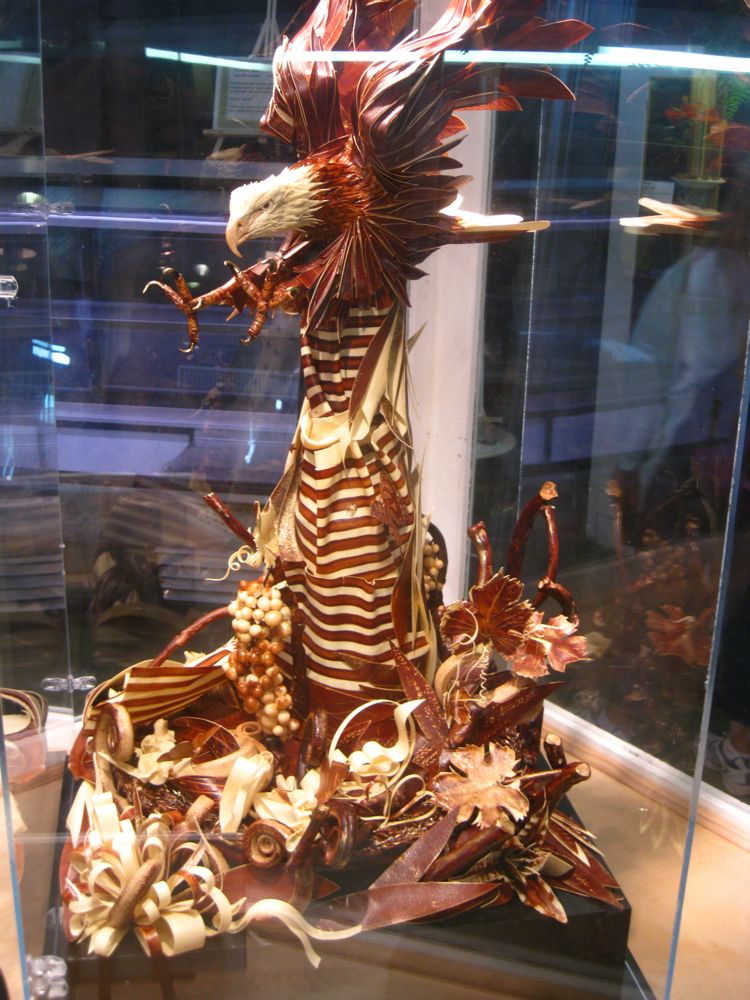
Made in 2007, preserved well!

The Eiffel Tower in bread
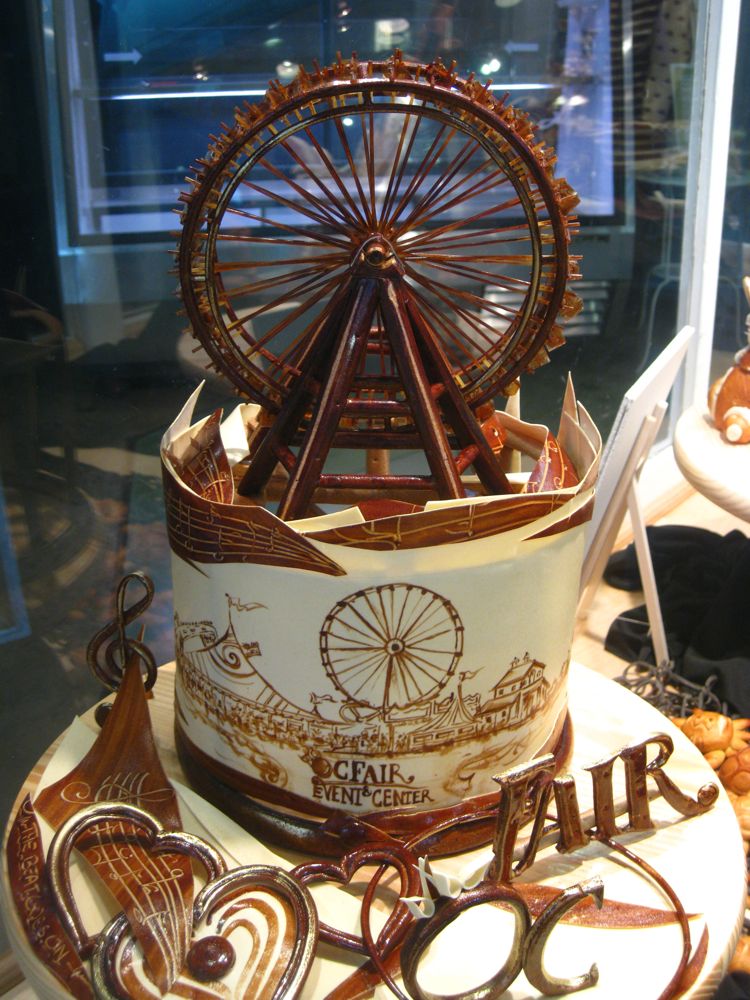
A lot of detail in this one

The cake is real and the flowers are CANDY!

Made from sugar... the branches are also edible